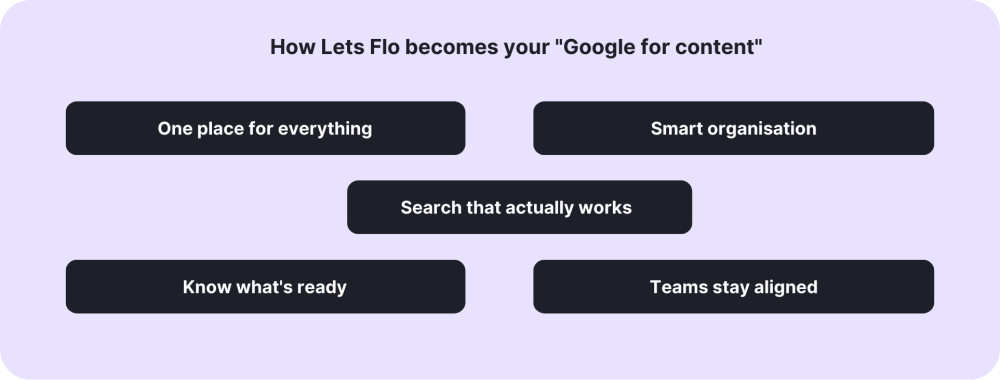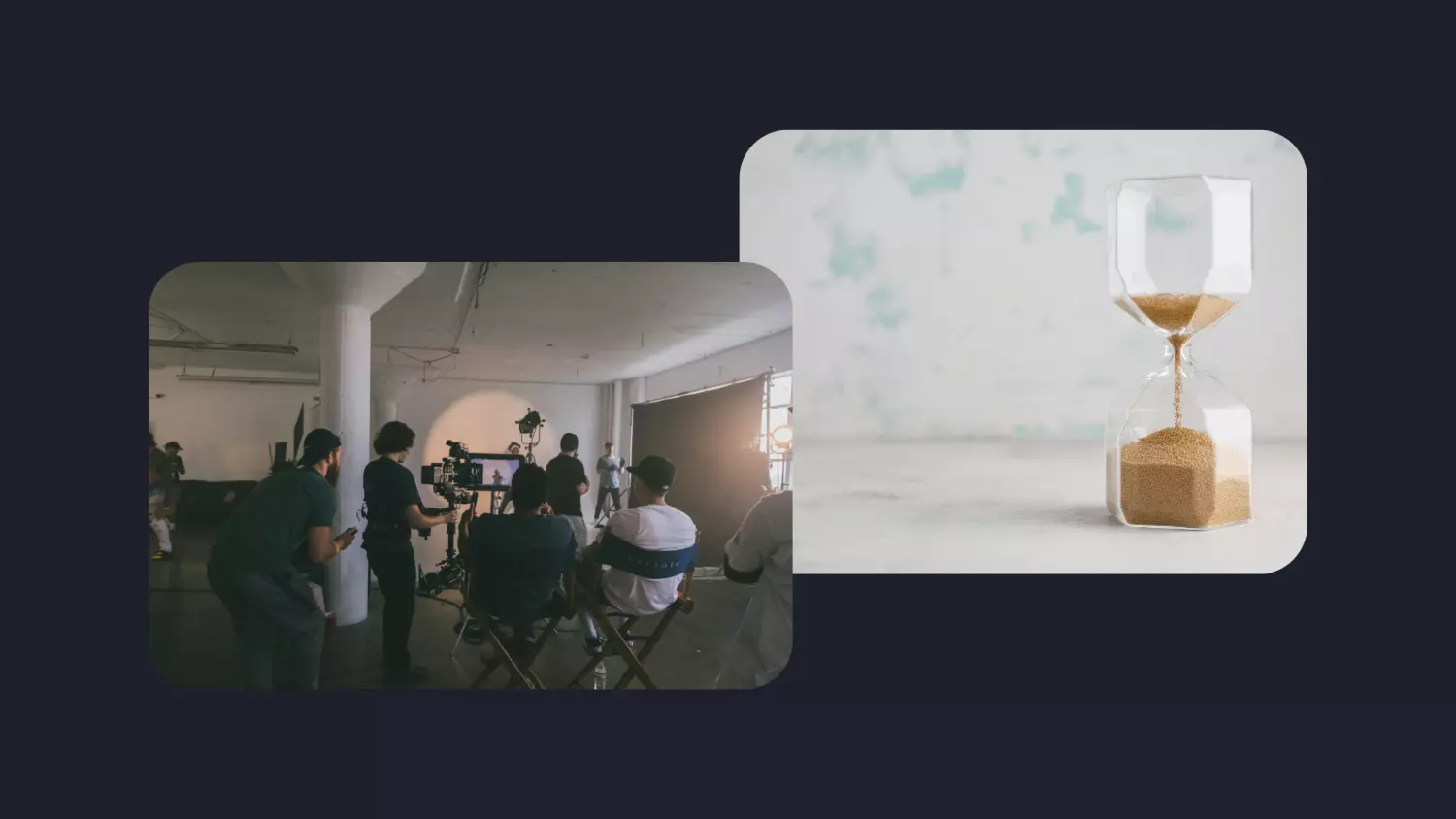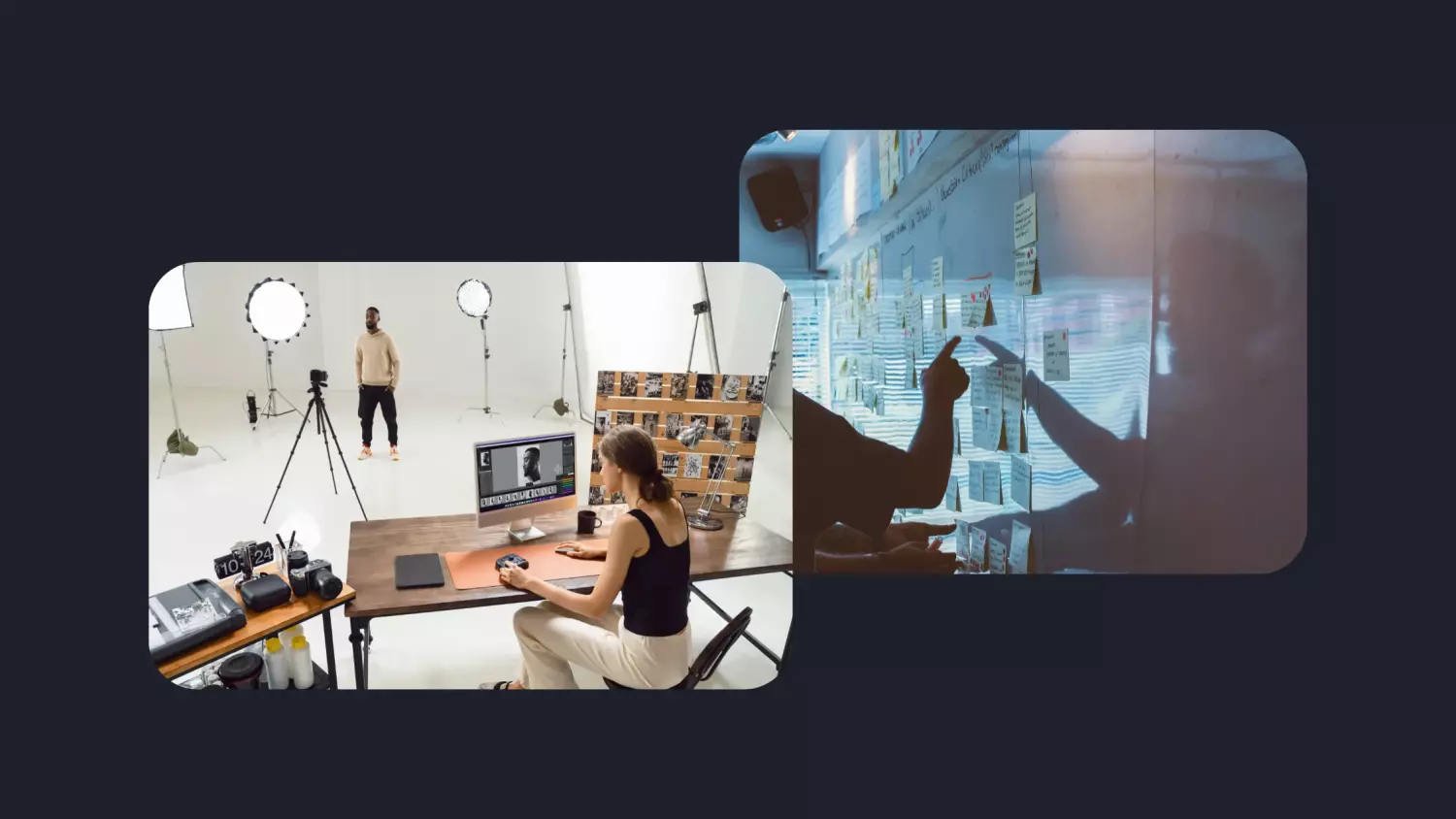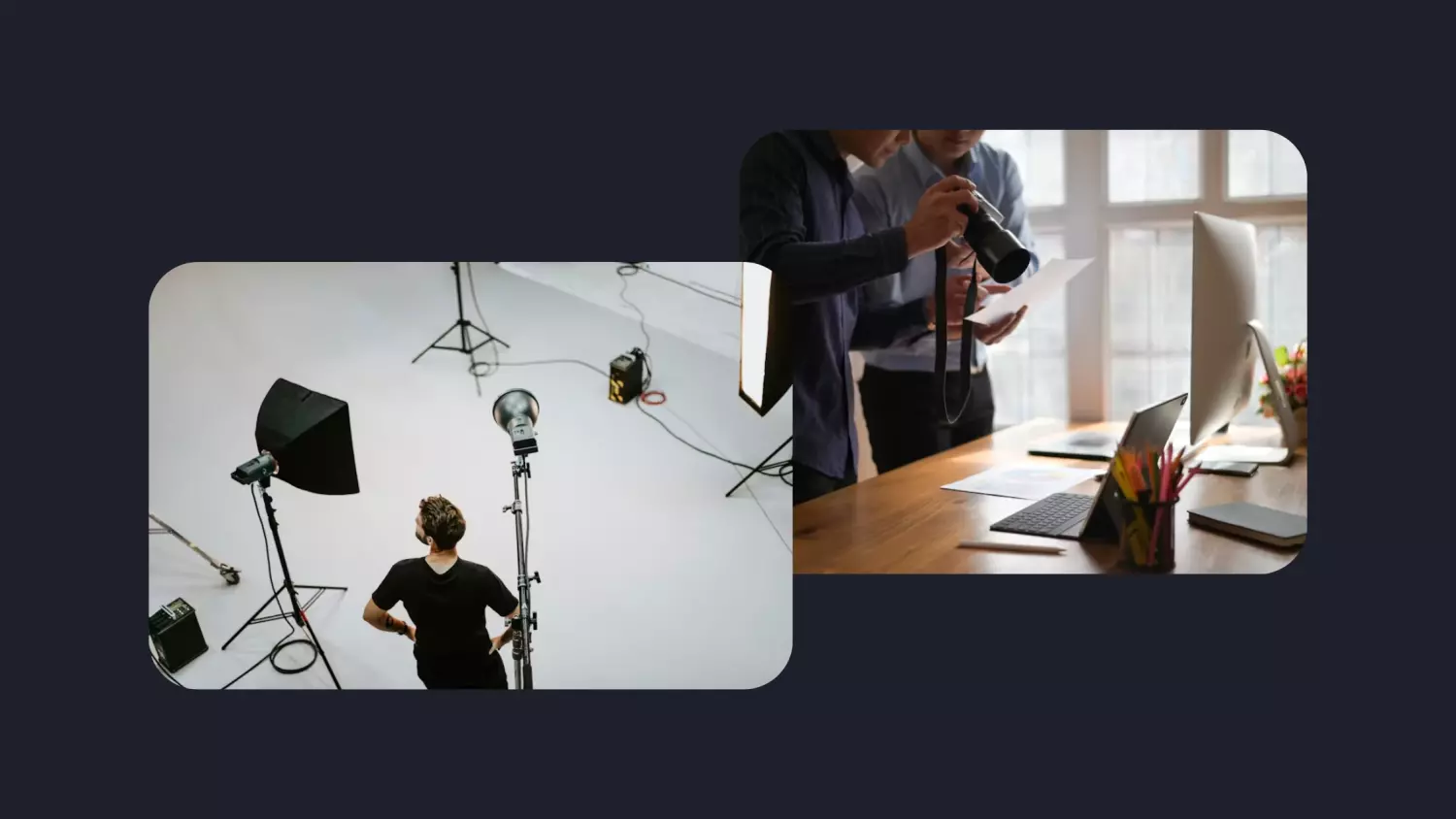Retailers sit on a mountain of content—product images, descriptions, campaign assets, and videos. It’s everywhere. Some of it’s in a DAM, some in a random desktop folder, some buried in a shared drive that no one’s checked in months.
Need the latest product shot? It’s in the studio’s drive. Updated descriptions? Marketing’s got them—somewhere. Campaign assets? Probably buried in an email thread.
And just like that, hours disappear searching for the right files. Deadlines slip. Teams redo work that’s already been done. Mistakes make it to the website.
It shouldn’t be this hard.
What if your content was searchable, organised, and instantly accessible—like having a “Google for retail content”? No more endless searching, no more wasted time, no more frustration. Just the right content, exactly when you need it.
Why traditional content management isn’t enough
Most retailers already have some kind of content management system in place—whether it’s a DAM, a shared drive, or just an endless chain of email attachments. But none of it makes content easy to find.
1. Content is scattered
Some files are in Google Drive. Others in a DAM that no one really uses. A few are sitting in someone’s inbox. Meanwhile, the social team says they uploaded the latest version to Dropbox—but no one else can find it. When content is spread across multiple platforms, retrieving the right file becomes a full-time job. And if someone leaves the company? Good luck figuring out where they stored everything.
2. Search limitations
Most systems rely on manual file naming and rigid folder structures. Which means if you don’t know exactly what a file is called (or where it’s saved), you’re stuck clicking through endless folders. Want to find all images of a specific product in blue? Too bad—unless someone thought to tag them appropriately. Need last season’s campaign assets? Hope you enjoy scrolling.
3. Lost productivity
Marketing, e-commerce, and studio teams spend hours searching for files instead of actually using them. By the time they track down the “final” version, another team has already made updates. Or worse, they just give up and create new assets from scratch—wasting even more time and resources. Retail moves fast. If your team has to dig for content every time they need it you’re losing opportunities.
How Lets Flo becomes your “Google for content”
Retailers don’t need another place to dump files. They need a system that actually makes content work for them—organised, searchable, and always up to date. That’s where Lets Flo comes in.

1. One place for everything
No more bouncing between Google Drive, Dropbox, and random desktop folders. Lets Flo keeps all product-related assets—images, descriptions, campaign shots, and copy—in one central hub. Everything is neatly categorised by product, campaign, season, and channel, so finding what you need takes seconds, not hours.
2. Smart organisation
Sorting and naming files manually is a recipe for errors and lost content. Lets Flo automatically names and organises images within the contact sheet based on pre-set shoot guidelines so teams don’t have to worry about inconsistencies. With structured, automated naming conventions, finding the right image is effortless, and teams always know they’re working with the correct version.
3. Search that actually works
If you can’t find an image when you need it, does it even exist? Lets Flo’s powerful search and filtering let you pull up any asset instantly—by shoot name, product code, category, or channel. No more duplicate files, outdated versions, or guessing which “Final_v3_REALFINAL” is actually the right one. The latest approved content is always at your fingertips.
4. Know what’s ready
Ever published a product page with missing images? Or pushed live an old campaign visual by mistake? Lets Flo’s content readiness tracking makes sure that doesn’t happen. With clear status indicators, you’ll always know what’s good to go and what still needs approval—before anything goes live.
5. Teams stay aligned
Marketing wants a fresh campaign visual. E-commerce needs the latest product images. Retail wants consistent branding across channels. But when content is scattered, keeping everyone aligned is a nightmare. Lets Flo acts as a single source of truth—teams can leave notes, approve images, track updates, and ensure everything stays consistent across e-commerce, marketing, and retail. No more miscommunication, no more mixed messages.
Why retailers need this now
Retailers don’t just need a better way to store content—they need a way to actually use it. Every hour wasted searching for files, every outdated asset that slips through, and every delay in getting content live costs time, money, and momentum.
Here’s what happens when content is centralised, searchable, and always up to date:
- Search time drops from hours to seconds. No more digging through folders or chasing teammates for files. Everything is exactly where it should be.
- No more duplicate or outdated assets. Teams always work with the latest, approved content—reducing errors, rework, and last-minute fixes.
- Faster content publishing and faster campaign rollouts. The quicker assets are ready, the quicker they go live—helping brands move at retail speed.
- Brand consistency, everywhere. Whether it’s your e-commerce site, wholesale partners, or marketing channels, the right visuals and messaging stay aligned across the board.
The future of retail content management
Retail content is only growing. More products, more platforms, more campaigns. The old way of managing assets—digging through folders, renaming files for the tenth time, reshooting lost images—just doesn’t cut it anymore.
The future is about making content that works for you—organised, searchable, and instantly accessible.
With Lets Flo, teams can find what they need, when they need it—just like Google, but for retail content.
Get the right content, at the right time, every time.
Book A Demo





